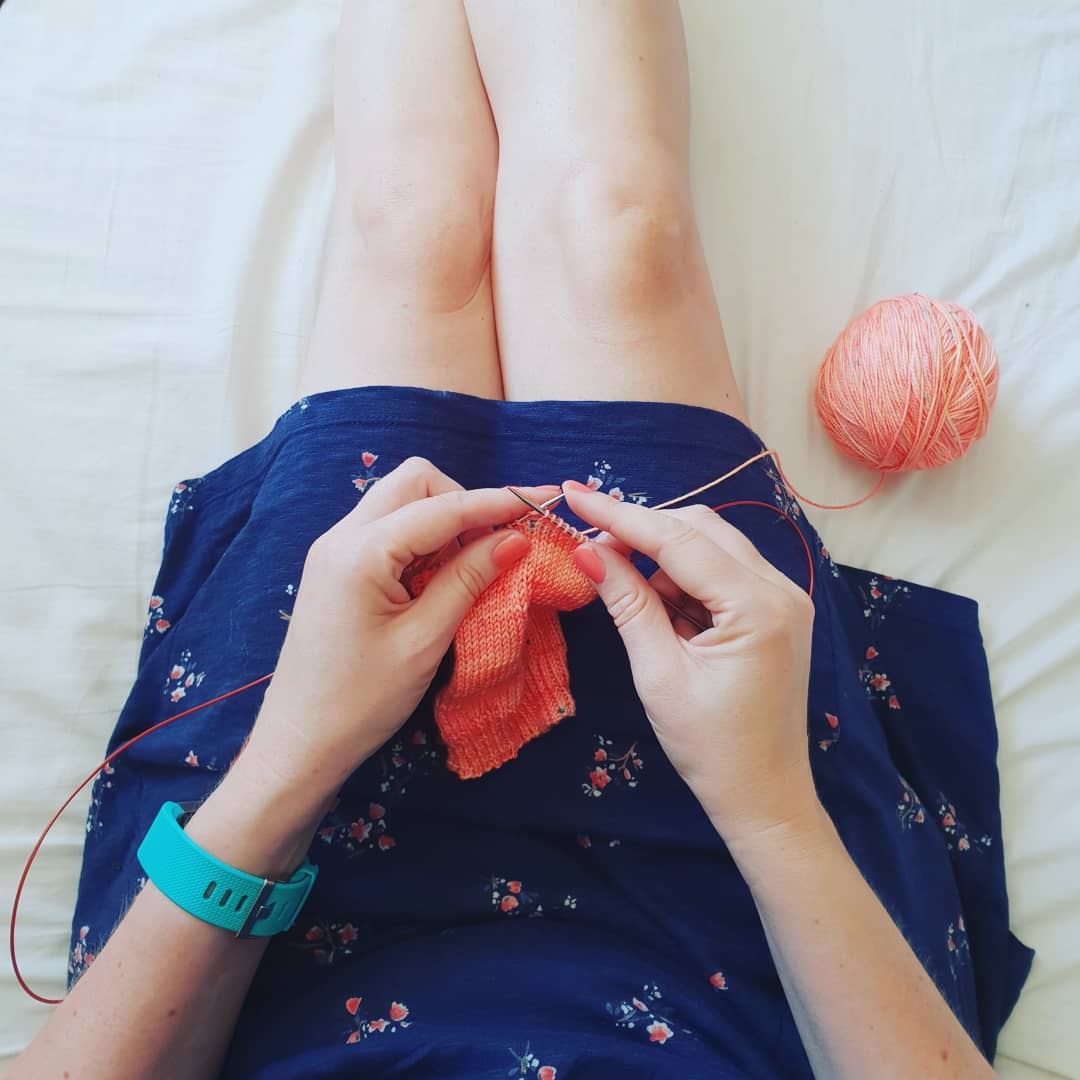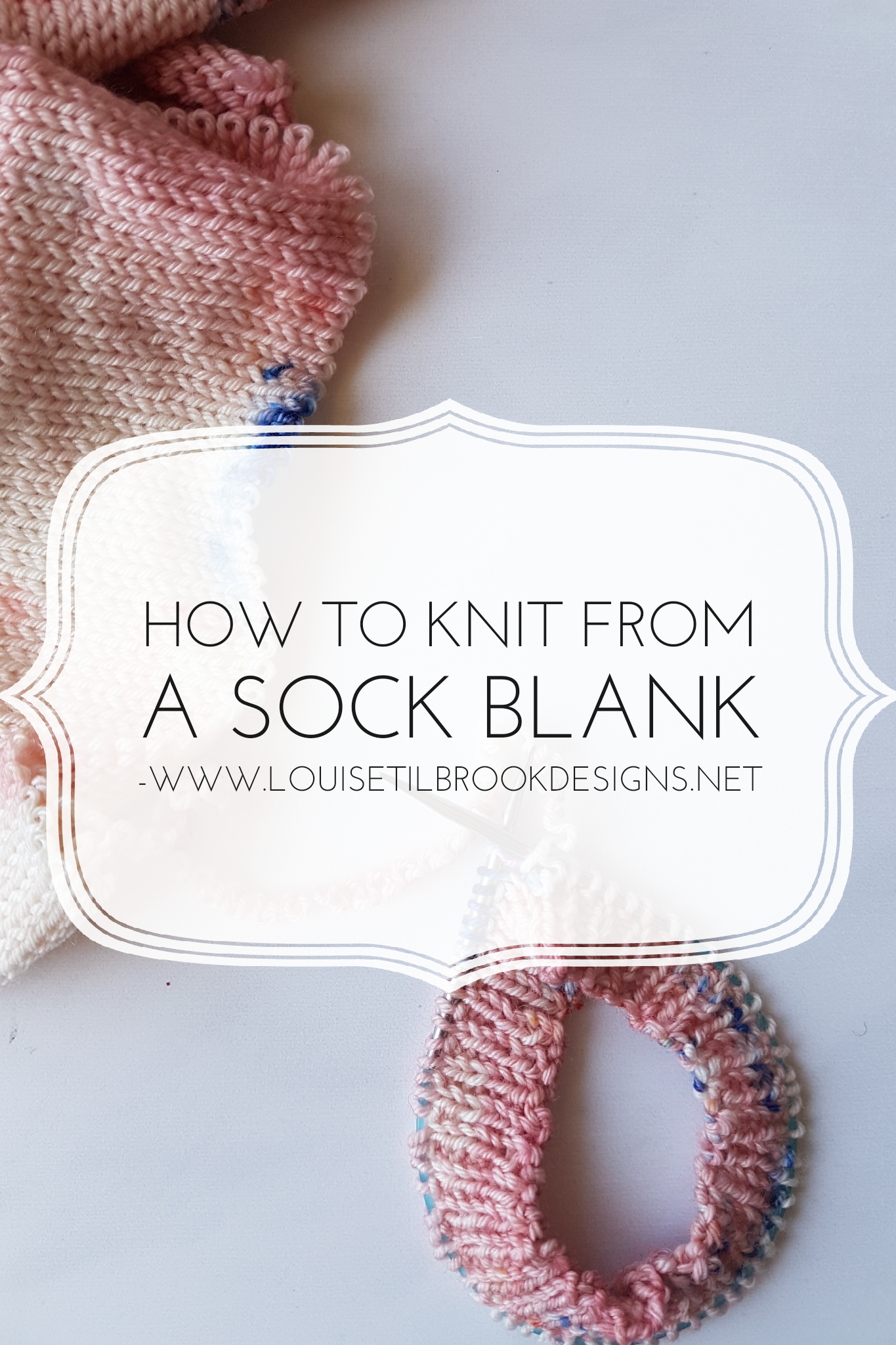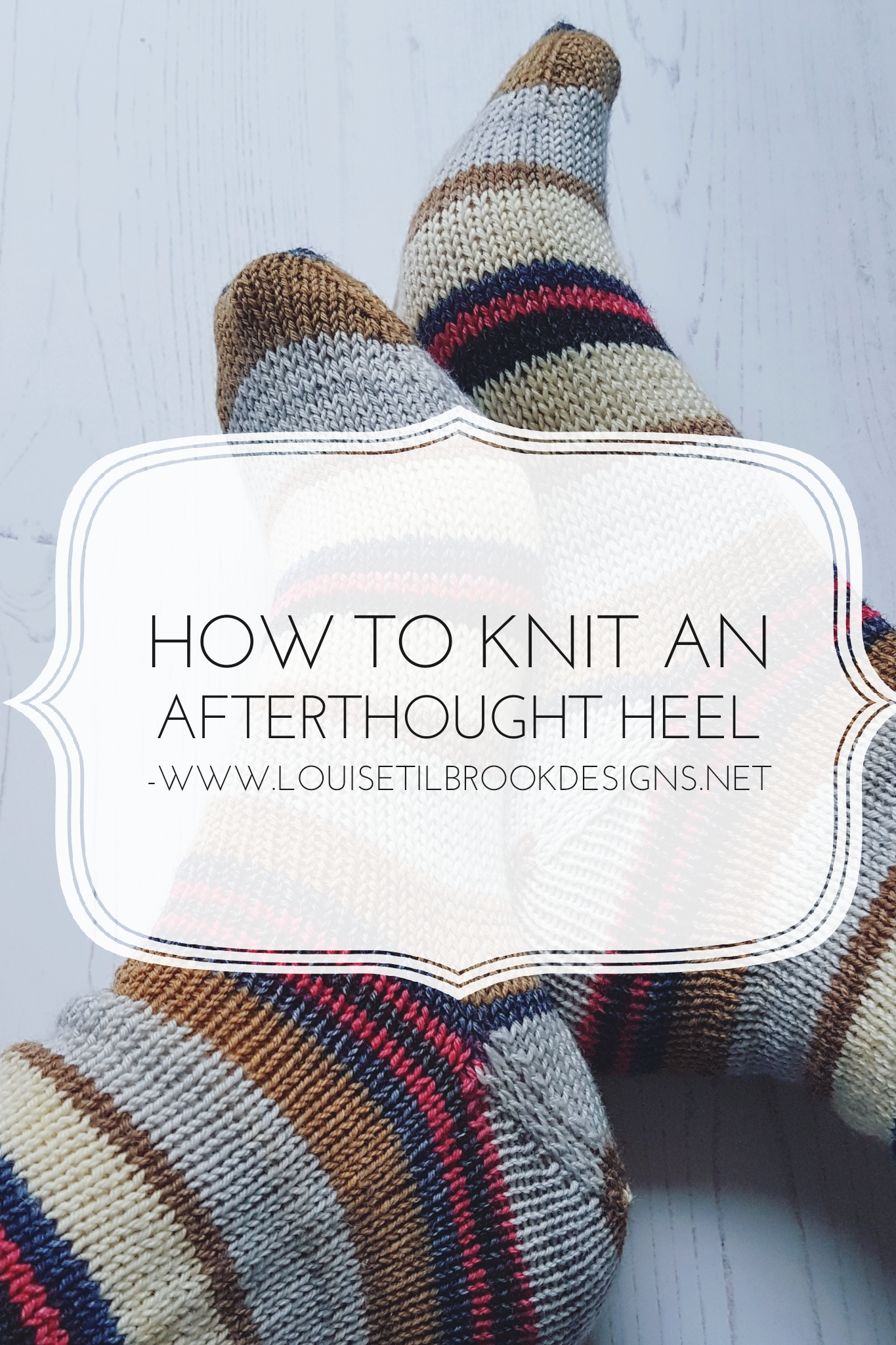This week I took the rather drastic step of stepping away from my Twitter account of over 10 years and starting afresh. A drastic action certainly but it wasn’t an impulsive one. Rather it came about by a gradual process of realising that I wasn’t happy with something, and then setting about the process of working out how I could rectify it.
In doing so I came across this article by Tim Denning which perfectly summed up my attitude to Twitter and encapsulated my feelings emboddied in that tiny blue bird logo.
Over the years, off and on I have spent a lot of time on Twitter and have certainly made some great friends there. Friends that I would really miss if I were to leave the platform completely. However, of late I had found myself needing to take more breaks from the app, and of longer duration as it was really starting to affect my mental health. Partly that was due to my actions - I had followed a lot of news and politically active accounts all of whom were equally outraged at world events as I was. The problem of course was that I was struggling to process my own emotions during the past few years, and adding in other peoples anger and outrage wasn’t really helping. In addition the Twitter algorithm as we know is geared up to keep you on the app as much as possible - and outrage keeps you there a lot longer than cute photos of otters - so that’s what it shows you.
I recently took an unplanned break from Twitter which extended into a week as I found myself increasingly reluctant to log in, even though I missed catching up with pals. The answer was obvious - if something isn’t serving you or doing you good - stop it or do it differently.
For me that meant creating a new account, and setting it up with care and intention. Following those people that I wanted to keep in touch with and creating lists so that I can do that effectively without having to rely on the chaotic main feed. You can find my new account here if you want to see what I’ve been up to. My old one I’ll keep up for a little while before archiving it.
The whole process has got me thinking about other things that have changed or I have moved away from over the past few years. I ditched my Facebook group of over 20k members in favour of a much smaller but much easier to manage Mighty Networks community, and in 2020 I moved away from Ravelry. Something that previously I would have thought was unthinkable and would spell certain death for my business.
In fact, nothing drastic happened at all. I’m still carrying on writing and selling patterns, still connecting with the knitting community and friends around me. I’m just doing it on terms that serve me better. The world didn’t end just because I ditched Ravelry.
And at the end of the day I think that’s what it’s all about, and it’s taken the chaos and upheaval of the last 2 years to show me that. It’s OK to evaluate what’s going on in your life and what helps - or hinders you. And it’s OK to discard perceived wisdom or advice in favour of what suits you.
How we spend our days, is after all, how we spend our lives. And for me, that means spending my precious minutes on things that make me feel good for hours.












